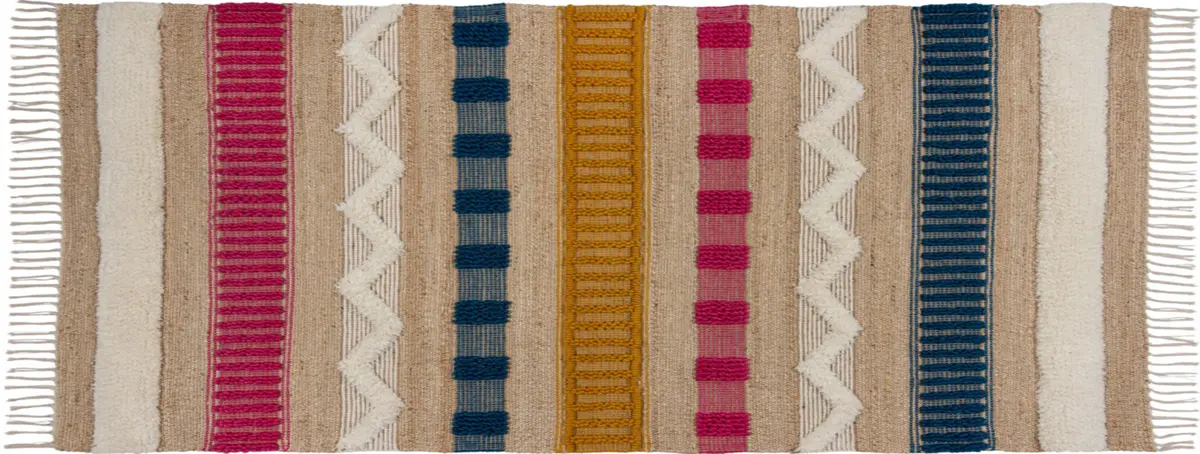Jute carpets
Jute Carpet Cleaning, Jute Carpet Cleaning, Jute Wool Carpet Cleaning, Jute Piece Carpet Cleaning, Silk Jute Carpet Cleaning provides services to clients in the areas of renovation, repair, deep cleaning, revitalization, antibacterial and disinfectant protection, impregnation of natural carpets according to your wishes in top quality according to our internal company standards, IICRC™ guidelines and standards and expertly implemented PERSIAN® system.

 the PERSIAN® trademark defines the Carpet Service® branded technology concept of expertly executed carpet service companies focused on the regular maintenance, cleaning, revitalization and impregnation of synthetic, natural, wool, jute and silk carpets, textile and leather sofas, chairs and upholstered materials. This branded concept brings the utmost professionalism in full synergy with maintaining ethical, environmental and quality performance standards including contractual guarantee of the services provided by the contractor.
the PERSIAN® trademark defines the Carpet Service® branded technology concept of expertly executed carpet service companies focused on the regular maintenance, cleaning, revitalization and impregnation of synthetic, natural, wool, jute and silk carpets, textile and leather sofas, chairs and upholstered materials. This branded concept brings the utmost professionalism in full synergy with maintaining ethical, environmental and quality performance standards including contractual guarantee of the services provided by the contractor.
Jute carpets are an increasingly popular choice for homeowners and interior designers, and for good reason. Jute is a natural fiber derived from the Corchorus plant that is more environmentally friendly than many synthetic materials used in carpeting. Plus, jute rugs offer a host of benefits that can brighten up your home. They are durable, timeless, eco-friendly, comfortable and easy to maintain.
Jute Carpets – The History and Science of Carpets
You probably know Jute as burlap. In interior design, we mainly see it in carpets, decorations, lighting fixtures or home textiles. The care of jute carpets and other products is quite demanding, but it is balanced by high durability, breathability, insulating and anti-static properties.
The production and processing of jute is almost as old as human civilisation. The machine production of jute yarn is considered to have begun in a flax spinning mill in Dundee, Scotland, in 1830, and the British dominated the production and market for jute until the end of the 19th century. In India, the first jute weaving mill opened in 1855 and by the early 20th century 450 million jute sacks were being produced annually (mainly in and around Calcutta). In continental Europe and the USA, there has been some development in jute fibre processing (and the design of production machinery) since the late 19th century, but by the early 21st century (2012) less than 1% of jute fibre was processed in this region, and virtually all jute textile production has moved from here to the Indian subcontinent.
The cultivation of natural jute is mainly concentrated on two types:
Corchorus olitorius, with the trade name Tossa, accounts for up to 80% of the total harvest. The plant reaches a height of about 2,5 metres, has elliptical leaves and the fruit grows from elongated capsules. This jute tree is native to Africa and only came to the present-day cultivation areas in the 19th century.
Corchorus capsularis, usually called ‘white jute’, accounts for about 10% of the harvest. It grows up to 4 metres high, the fruits growing from round capsules. The original cultivation area is thought to be on the border of India and Burma.
Jute that is not true is often considered to be Chinese jute, i.e. the fibres of the Theophrastus cloudberry (Abutilon theophrasti),[9] Javanese jute, kenaf or Bombay hemp and several similar species. World production of these fibres reached approximately 230 000 tonnes in 2016.
Properties and uses of jute fibres
Jute is one of the cheapest raw materials for the textile industry. The plant contains 5-7,5 % ‘technical’ fibres of 150-400 cm in length (a bundle of at least 10 elementary filaments of 1-5 mm in length bonded with lignite) with a diameter of about 18 µm and a relative strength of 83-196 mN/tex. The wettability is up to 34 %, jute has excellent resistance to micro-organisms and is very easy to dye. Disadvantages include the fact that jute products are very dusty (release of elementary fibres) and smell unpleasant.
More than 90 % of the yarns are used to make fabrics, only a small proportion of coarse yarns are used for rope products.
The following types of fabrics are commonly distinguished:
Saking – burlap for coarse packaging of heavier materials. Twill-weave fabric, usually with a warp of sacking yarn, up to 750 g/m². In recent years (2013) about 3/4 of the jute fabrics produced (0.60 €/kg)
Hessian – linen fabric with a thinner finish, weight up to 500 g/m². Use: for sacks and tailoring liners. About 15% of the fabrics produced (price 2013 = 0,72 €/kg)
CBS (Carpet Backing Cloth) – backing fabric for tufted carpets with a weight of approx. 200-400 g/m²
Canvas – the finest dense woven fabric made of skated yarn
Scrim – a thin, cheap fabric
At the beginning of the 21st century, weaving was almost exclusively done using shuttle looms (mostly older than 30 years) and hand looms. Only about 2% were more modern loomless machines. (E.g. Chinese needle loom with a working width of up to 300 cm at 400 rpm).
In addition to the well-known packaging and decorative textiles, a number of alternatives to jute products are mentioned in sales brochures. However, the share of fabric consumption for these purposes is still very low.

Cleaning and maintenance of jute carpets
Jute carpets with natural material require professional care. It is not advisable to attempt home deep cleaning via a steam cleaner from the back and front, as the steam cleaner is unable to clean it all and the excessive heat penetrating it damages the wool and its natural lanolin. Excessive heat can also lead to shrinkage of the natural fibres of jute carpets, which can put you at risk of permanent damage.
Home care for jute carpets is simple. Regular weekly vacuuming ideally with a knocking head will not harm it for decades. The natural vegetable dyes, dense weave and natural grease of virgin wool provide protection so that most dirt will not penetrate the carpet at all. Only the smallest particles of sand and dust can settle in the foundation over time. In order to remove even the smallest dust particles from the carpet, it is recommended to have the carpet deep cleaned every 2-3 years by an expert – professional natural carpet cleaner.
In case the jute carpet only comes into contact with water, it is usually enough to dry it thoroughly on both sides. Jute is particularly sensitive to moisture. Therefore, care must be taken not to ruin the carpet with spilled liquids. Any spillages should be wiped up immediately with an absorbent cotton cloth. The carpet will lift for several days in a wet place, as the warp expands due to the moisture. Once the moisture has escaped from the carpet, the warp will settle again and the carpet will not change. Strong rubbing of water stains in dry conditions or the use of detergents should be avoided as both can damage the jute carpet. In the case of coffee or cola stains, you should contact a professional as soon as possible. You can treat the stain yourself using lukewarm water and dishwashing liquid. However, you should seek professional advice before doing so.
At Carpet Cleaners we prefer to use dry foam cleaning with its excellent cleaning effect, which is gentle on colour and fibre and is gentle on shampooing natural fibre fabric floor coverings, upholstery and wall coverings. It contains high quality active cleaning agents and special Anti-Soiling components that prevent increased re-soiling of the treated surface. It does not contain bleaches or optical brighteners and will not cause any colour changes. Foam cleaning is particularly suitable for cleaning natural and oriental moisture-sensitive carpets (e.g. wool, silk, coconut, jute, sisal, lycra).
The professional carpet cleaning and reputable jute carpet maintenance provided through expertly skilled technology brings the assurance that your jute carpet will not shrink, fade, or even show any damage.
- We first remove most of the dirt and dust from the jute carpet by hand with gentle machinery, instead of running it through aggressive equipment that can damage your precious carpet.
- Depending on the material of your jute carpet, we will use a specialized stain remover to thoroughly remove or reduce the stain depending on the condition of the carpet.
- Depending on the material, your carpet will either be cleaned in a water bath and then chemically cleaned using special “WOOL SAFE” chemical cleaners and dry foam based cleaners.
- We then dry the carpet as best we can to remove excess moisture and let it dry and turn it off.
- Finally, we thoroughly disinfect and impregnate the jute carpet and after a thorough check, we wrap it and prepare it for handover or transport to you.
In conclusion, it is always better to have jute carpets cleaned by a professional than to try to do it yourself. The greater the likelihood of a mistake, the more your carpet will be damaged or may become locally degraded, even irreversibly.